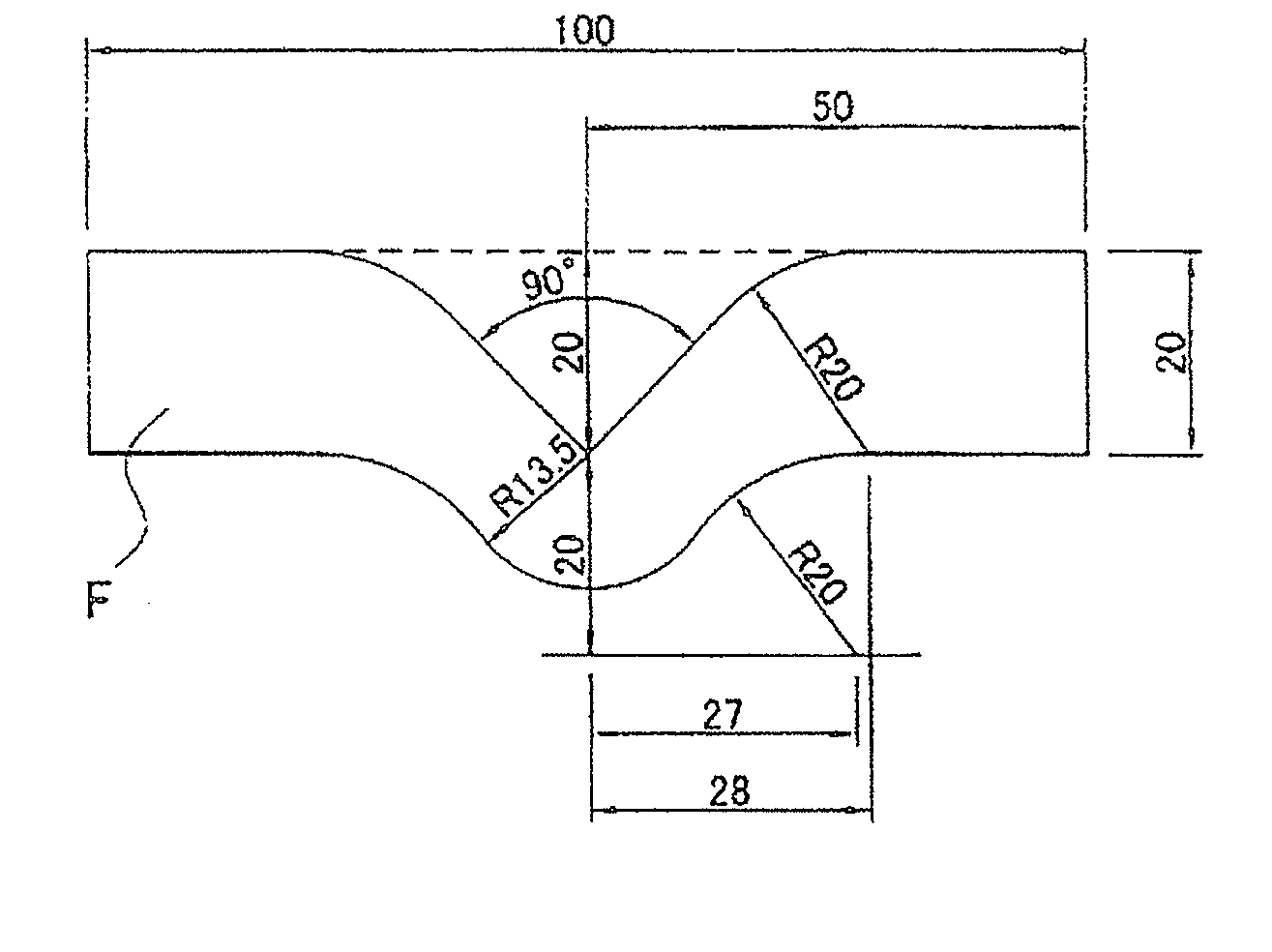Heat-shrinkable polyester film, process for production thereof, and package
a polyester film and shrinkable technology, applied in the field of shrinkable polyester film, can solve the problems of low heat resistance, inferior chemical resistance, high temperature incineration, etc., and achieve the effects of high shrinkability, high mechanical strength, and high stiffness (so-called “bend” strength)
- Summary
- Abstract
- Description
- Claims
- Application Information
AI Technical Summary
Benefits of technology
Problems solved by technology
Method used
Image
Examples
example 1
[0145]The above-described polyester A, polyester A2, polyester B and polyester D were mixed by 5:5:80:10 in weight ratio, and charged into an extruder. Thereafter, the mixed resin was melted at 280° C. and extruded from a T-die, and quenched by winding it on a rotating metal roll set at a surface temperature of 30° C. An undrawn film of 580 μm thickness was obtained. The taking-up speed of the undrawn film (rotary speed of metal roll) was about 20 m / min. Tg of the undrawn film was 67° C.
[0146]Then, the thus obtained undrawn film described above was introduced to a lengthwise drawing machine in which a plurality of rolls were continuously disposed, and drawn in the lengthwise direction in two steps by utilizing the difference of rotary speed of rolls. Namely, the undrawn film was preheated on a preheating roll until the film temperature became 78° C., and then drawn 2.6 times by utilizing the rotary speed difference between a low-speed rotary roll whose surface temperature was set at...
example 2
[0150]The above-described polyester A, polyester A2, polyester B, polyester C and polyester D were mixed by 5:5:15:65:10 in weight ratio, and charged into an extruder. Thereafter, the mixed resin was melted and extruded in the same condition as in Example 1 to form an undrawn film. Tg of the undrawn film was 67° C. The undrawn film was film-formed in the same condition as in Example 1. A biaxially drawn film of about 40 μm in 500 mm wide was produced continuously. Then, properties of the film obtained were evaluated by the same way as in Example 1. The evaluation results are shown in Table 3.
example 3
[0151]The above-described polyester A, polyester A2, polyester C and polyester D were mixed by 5:5:80:10 in weight ratio, and charged into an extruder. Thereafter, the mixed resin was melted and extruded in the same condition as in Example 1. An undrawn film was obtained. Tg of the undrawn film was 67° C. The undrawn film was film-formed in the same condition as in Example 1. A biaxially drawn film of about 40 μm in 500 mm wide was produced continuously. Then, properties of the film obtained were evaluated by the same way as in Example 1. The evaluation results are shown in Table 3.
PUM
| Property | Measurement | Unit |
|---|---|---|
| Temperature | aaaaa | aaaaa |
| Temperature | aaaaa | aaaaa |
| Temperature | aaaaa | aaaaa |
Abstract
Description
Claims
Application Information
 Login to View More
Login to View More - R&D
- Intellectual Property
- Life Sciences
- Materials
- Tech Scout
- Unparalleled Data Quality
- Higher Quality Content
- 60% Fewer Hallucinations
Browse by: Latest US Patents, China's latest patents, Technical Efficacy Thesaurus, Application Domain, Technology Topic, Popular Technical Reports.
© 2025 PatSnap. All rights reserved.Legal|Privacy policy|Modern Slavery Act Transparency Statement|Sitemap|About US| Contact US: help@patsnap.com


